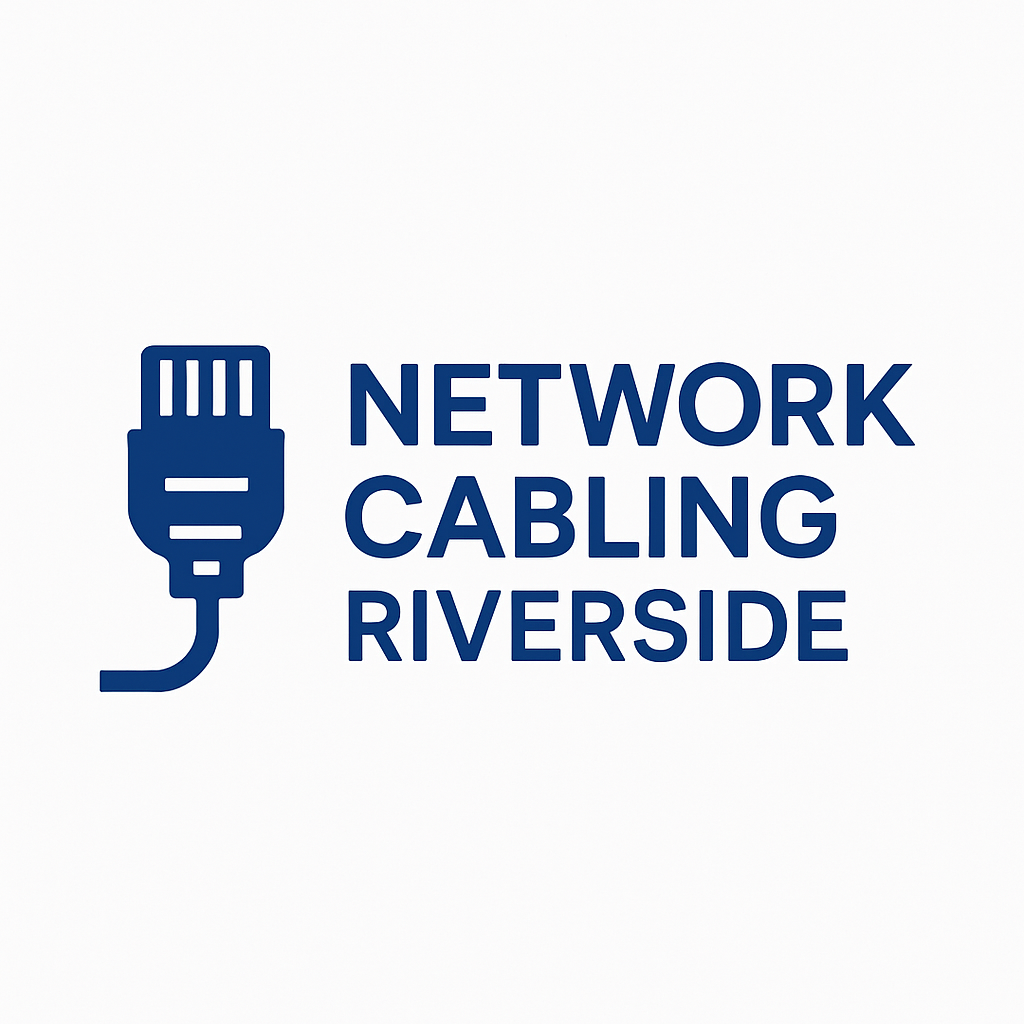Understanding the Benefits of Riverside Building Codes for Low Voltage Systems
Low voltage systems play a critical role in modern buildings by supporting communication, security, and energy-efficient technologies. In Riverside, California, the city’s building codes ensure that these systems are installed safely, efficiently, and in compliance with local regulations. Understanding the benefits of Riverside building codes for low voltage infrastructure can help property owners, contractors, and developers maintain safety standards while improving overall building performance.
What Are Low Voltage Systems?
Low voltage systems typically operate at 50 volts or less and include essential components such as:
- Security and surveillance systems
- Data and communication cabling
- Fire alarm systems
- Audio-visual and intercom networks
- Access control and automation systems
These systems are foundational to modern commercial, industrial, and residential properties. Proper installation and compliance with local building codes ensure these systems function efficiently without posing safety risks.
Importance of Building Codes in Riverside
Riverside’s building codes are designed to protect public safety, property, and the environment. For low voltage systems, these codes establish consistent standards for installation and maintenance. By adhering to these guidelines, contractors and property owners can prevent electrical hazards, reduce system failures, and ensure compatibility with city infrastructure.
The city’s approach focuses on aligning local requirements with the California Electrical Code (CEC) and the National Electrical Code (NEC). This ensures uniform safety practices across the region while addressing Riverside’s unique environmental and infrastructural conditions.
Key Benefits of Riverside Building Codes for Low Voltage Installations
1. Enhanced Safety and Fire Protection
Low voltage cabling may seem harmless compared to high-voltage wiring, but improper installation can still cause overheating or short circuits. Riverside’s building codes include requirements for cable routing, insulation, and fire resistance to minimize such risks. These rules help prevent potential fire hazards and ensure system safety throughout a building’s lifecycle.
2. Improved System Reliability
By following Riverside’s code requirements, low voltage systems are less likely to experience signal interference, power loss, or communication failures. The codes ensure that installations meet specific standards for grounding, bonding, and spacing, leading to consistent performance and longer system life.
3. Compliance with Local Regulations
Compliance with Riverside’s building codes ensures that property owners avoid penalties, project delays, and costly rework. Electrical inspections and permits help verify that all installations meet safety and operational standards. This process protects both contractors and clients while maintaining transparency in construction practices.
4. Support for Energy Efficiency
Low voltage systems are often part of larger energy-saving strategies, including LED lighting, occupancy sensors, and smart building technologies. Riverside’s codes encourage the integration of energy-efficient systems that reduce electricity use and carbon emissions. Following these standards helps support the city’s sustainability initiatives.
5. Future-Proofing and Technological Integration
Technology evolves quickly, and Riverside’s building codes are regularly updated to accommodate new innovations. By following these standards, developers ensure that their buildings can easily adapt to future technologies like smart security, IoT systems, and advanced automation tools.
6. Quality Assurance and Professional Accountability
Riverside’s permitting and inspection processes promote accountability among electricians, contractors, and engineers. Only licensed professionals can perform electrical work within the city, ensuring that all low voltage installations meet professional and technical standards. This enhances public trust and project quality.
7. Protection of Property Value
Properties that comply with Riverside’s building codes tend to have higher market value. Code-compliant systems demonstrate that the building was constructed and maintained according to safety and performance standards, which can be an advantage during property inspections, appraisals, or resale.
How Contractors and Property Owners Benefit
For contractors, compliance simplifies project approvals and minimizes inspection-related delays. For property owners, it ensures peace of mind knowing that their building’s communication, security, and data systems meet safety and performance standards. Both parties benefit from fewer maintenance issues and improved long-term system efficiency.
Common Low Voltage Code Requirements in Riverside
While specific details may vary by project type, some common low voltage requirements in Riverside include:
- Proper labeling and documentation of circuits
- Secure cable routing with adequate support
- Compliance with CEC and NEC standards for low voltage installations
- Fire-rated pathways and cable protection
- Separation of power and communication lines to prevent interference
- Mandatory inspections and permit verification before system activation
Conclusion
Riverside’s building codes for low voltage systems serve as a foundation for safety, efficiency, and innovation in the city’s growing infrastructure. By following these codes, property owners and contractors ensure reliable operation, protect occupants, and support long-term sustainability. Understanding and adhering to these regulations not only enhances safety but also helps future-proof buildings in an increasingly connected world.
